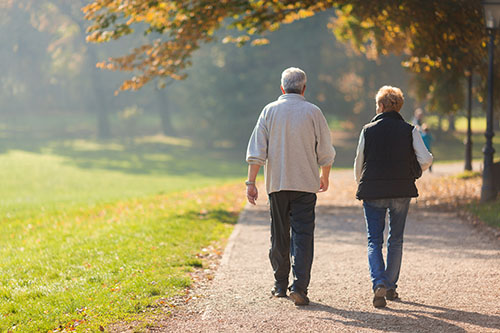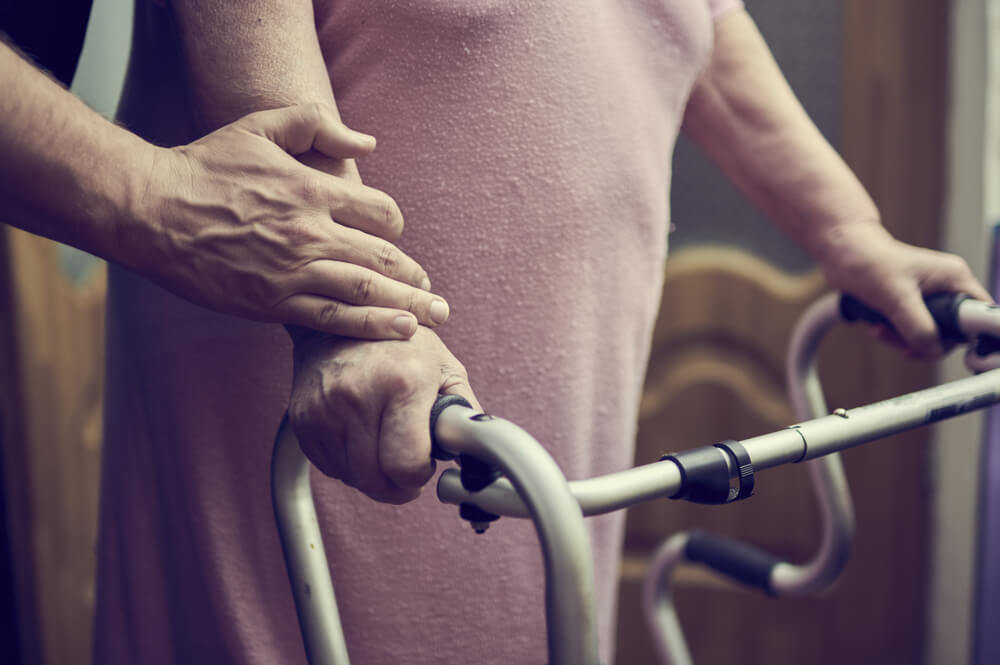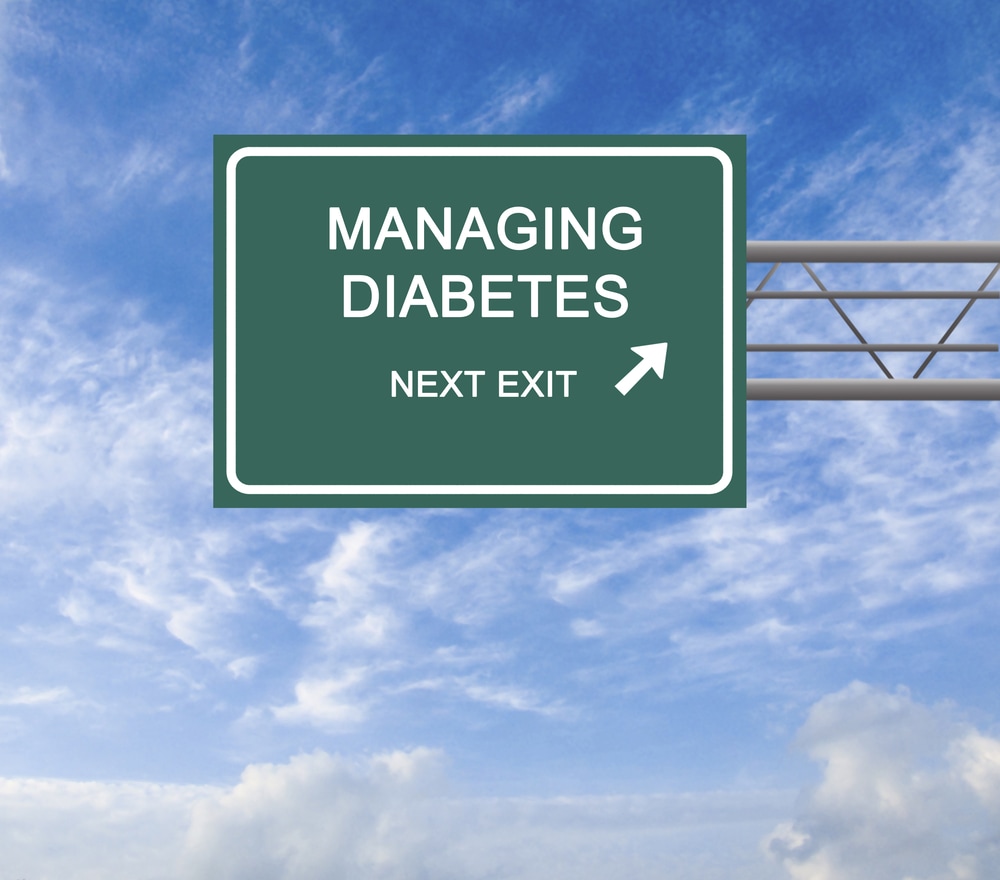Daily movement and physical activity are an important part of self-care and nourishing your body and mind. Contrary to what many think, movement does not need to feel rigid or intense. It is about moving the body in a way that makes you feel energized, joyful and strong. Try these tips for adding more movement to your day and staying active as you age.
What is joyful movement?
Joyful movement is physical activity that is enjoyable and fulfilling rather than a chore. It emphasizes the pleasure and satisfaction that comes from moving the body and focuses on fun, personal expression and connecting with one’s body, rather than on specific fitness goals or performance. This approach encourages you to find activities you love, fostering a positive relationship with movement that can lead to improved physical and mental well-being.
Finding motivation to get started
While exercise can change your physical appearance and that might be your incentive for getting started, exploring your “why” a bit deeper can strengthen your resolve to stick with movement for the long haul. Here are some questions to help uncover your motivation:
- How do you feel physically when you move your body?
- What emotions come up for you during and after exercise?
- What is important to you about moving more?
- What would make it easier for you to choose exercise over other ways of spending time?
- How have you moved your body in the past that has brought you joy?
Joyful movement can change your life in unexpected ways. Think about how exercise might affect your ability to sleep or concentrate. Is it an opportunity to meet new people or spend time outdoors? What influence might exercise have on your blood pressure or ability to manage stress? Consider the many benefits you hope to experience.
Choosing an activity
Once you have identified your “whys” for exercising, it is time to explore the type of activity that interests you. Understand that there is no one-size-fits-all fitness regime. Whatever you decide to do, choose an activity that you enjoy and can look forward to each day.
Consider activities you may have enjoyed in the past to bring joyful movement to your life:
- Bowling
- Cycling
- Dancing
- Gardening
- Group fitness class
- Martial arts or tai chi
- Pickleball
- Playing with your pet
- Shooting hoops
- Snowshoeing
- Swimming and water aerobics
- Walking or hiking
- Yoga, Pilates and stretching
Creating an exercise plan
For many individuals, exercising first thing in the morning feels best, while others find it more therapeutic to do it later in the day. Decide how many days each week you plan to exercise in the beginning. Consider your schedule and be clear about how much time you want to devote to this new activity each week.
Having a well thought out and realistic plan can provide a roadmap to help you make movement a priority and to stay focused on the benefits that are most important to you. As you get started, remember to:
- Practice self-compassion and understanding.
- Slowly incorporate movement into your routine. Consider adding low-impact exercise to your lunch break or for 30 minutes after dinner. You can increase from there when you feel more comfortable.
- Recognize that movement may seem different than before, and it may take time to master.
- Reflect on how moving makes you feel physically and emotionally.
- Be flexible with your plan. Listen and respond to your body if it craves a rest day. Be open to the signals that might indicate an activity is no longer a good fit for you.
Having awareness about how different activities make your body feel and how they affect your well-being can provide the information you need to modify and update your movement routine throughout your stages of life.
Mom's Meals® can help
To give your body the fuel it needs to stay active and feel good, proper nutrition is key. Mom’s Meals makes quality nutrition convenient and delicious! Ready to heat, eat and enjoy in minutes from the fridge, meals are delivered direct to your home. Choose from nine condition-specific menus and a wide array of meal options.
Made with high-quality ingredients and designed by registered dietitians and professional chefs, each delicious meal is created in USDA- and FDA-inspected facilities — providing the highest level of compliance with federal regulations governing food production. Enjoy food tailored to your needs to have the energy you need to get moving your way. Browse your meal choices.



